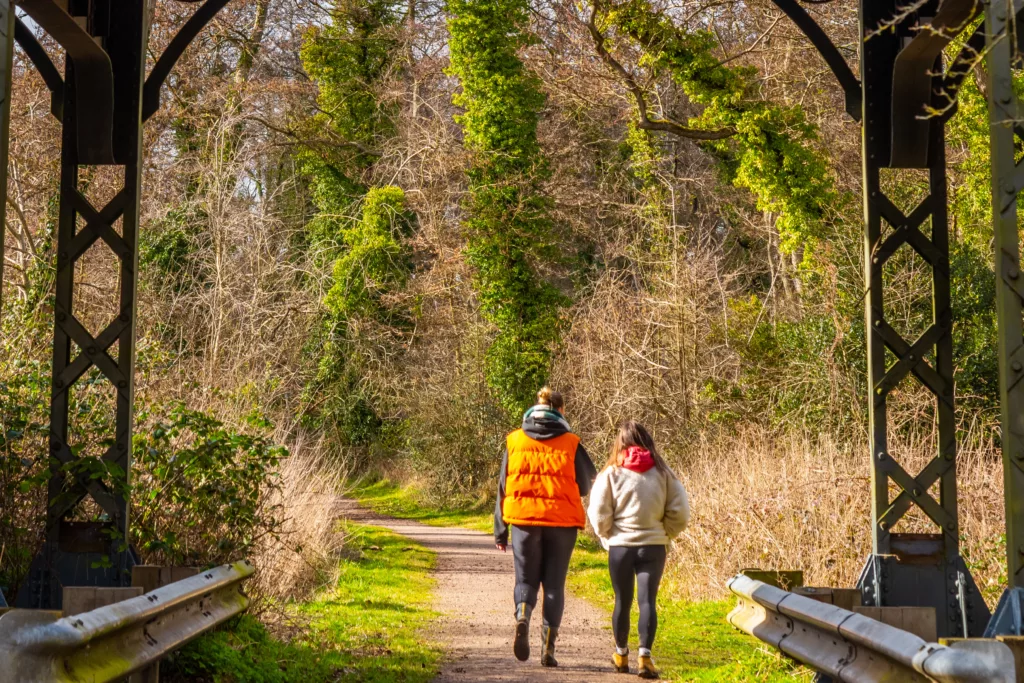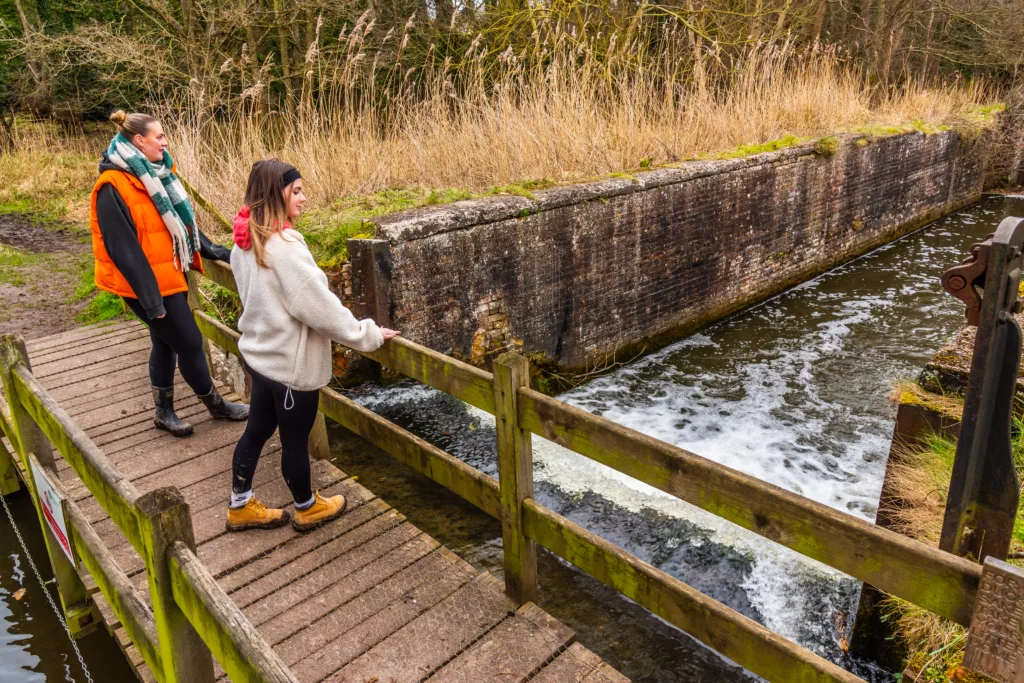Brilliant engineers designed the canals of the Industrial Revolution, but they were built by ‘navvies’, with shovels, picks and gunpowder. The Dilham Norfolk canal, just nine miles long, took 100 Bedfordshire navvies (short for ‘navigators’) a year of digging. Work started in 1825. Running from Antingham, northwest of North Walsham, to Wayford Bridge, west of Stalham, the canal opened the following year. Busy with cargo-carrying Norfolk Wherries, it served the mills along its route, Norfolk’s only wherry sailing canal controlled by locks.
Canals fell into disuse with the dawn of the railways. Dilham Canal was last sailed in 1934 by the Wherry ‘Ella’. Dry and choked by vegetation, the infrastructure of locks and bridges started crumbling…until The East Anglian Waterways Association (EAWA), set out to rescue the Canal.
Restoration by The Old Canal Company and volunteer working parties has revitalised a pretty two-and-a-half mile stretch. From Ebridge Mill Pond to Swafield Bridge, the Canal is thriving again. Now a destination for leisure activities including walking, picnicking, canoeing, sailing, fishing, wild swimming and bird watching, it’s a relaxing place these days. So what would those navvies have made of us, strolling peacefully by the waterways they slogged to build? Listen to the Pogues song ‘Navigator’ on the album ‘Rum, Sodomy and the Lash’, and you’ll have some idea how the men who “blasted and dug with their sweat and their guts” lived and died to create this Norfolk gem of industrial archaeology.




